 |
| Ninfee, 1920, National Gallery Londra |
Le Ninfee sono un ciclo di dipinti che Claude Monet realizza negli ultimi anni della propria vita. Si tratta di circa 250 dipinti, che raffigurano i fiori del suo giardino a Giverny e dove il pittore impressionista francese si trasferisce nel 1883.
The lilies are a series of paintings that Claude Monet realized in the last years of his life . It is about 250 paintings, which depict the flowers in his garden at Giverny and where the French impressionist painter , he moved in 1883.
 |
| Ninfee, 1920-1926, Museo dell’Orangerie |
Accanto alla sua casa l’artista realizza un giardino di ispirazione giapponese, con un ponte, uno stagno e dove coltiva fiori e piante esotiche, tra cui le famose ninfee. Monet trascorre qui gli ultimi trent’anni della sua vita e trascorre il suo tempo dipingendo questi fiori e la superficie dell’acqua dello stagno, dove coglie lo scorrere del tempo attraverso la natura e il suo fiorire e sfiorire ad ogni stagione.
Il primo gruppo di tele dedicate alle ninfee è stato realizzato tra il 1899 e il 1904. Dal 1914 in poi Monet adotta un punto di vista più ravvicinato e nelle sue tele non si vedono più il ponte giapponese né le sponde del laghetto. Nelle ultime opere l’occhio del maestro impressionista è assorbito completamente dal gioco di colori che questi fiori, insieme con il cielo, creano sulla superficie dell’acqua, la quale diviene soggetto dominante quasi assoluto.
Next to his house the artist created a Japanese-inspired garden with a bridge, a pond and where he grows flowers and exotic plants, including the famous water lilies. Monet spent here the last thirty years of his life and spends his time painting these flowers and the water surface of the pond, where it takes the passage of time through nature and its bloom and fade with the seasons.The first group of paintings dedicated to water lilies was carried out between 1899 and 1904 . From 1914 onwards Monet takes a closer point of view and in his paintings not seen the Japanese bridge nor the banks of the pond. In recent works, the eye of the master impressionist is completely absorbed by the play of colors that these flowers , along with the sky , created on the surface of the water , which becomes the dominant subject almost absolute.
 |
| Ninfee, 1917-1919, Honolulu Academy of Arts |
 |
| Ninfee, 1906, Art Institute of Chicago |
 |
| Ninfee, 1919, Metropolitan Museum of Art, New York |
Ninfee, 1916, The National Museum of Western Art, Tokyo





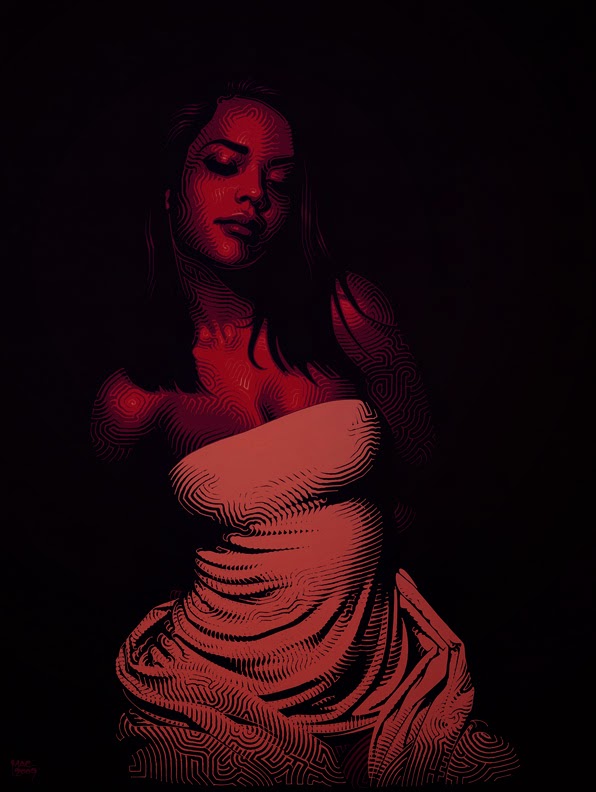
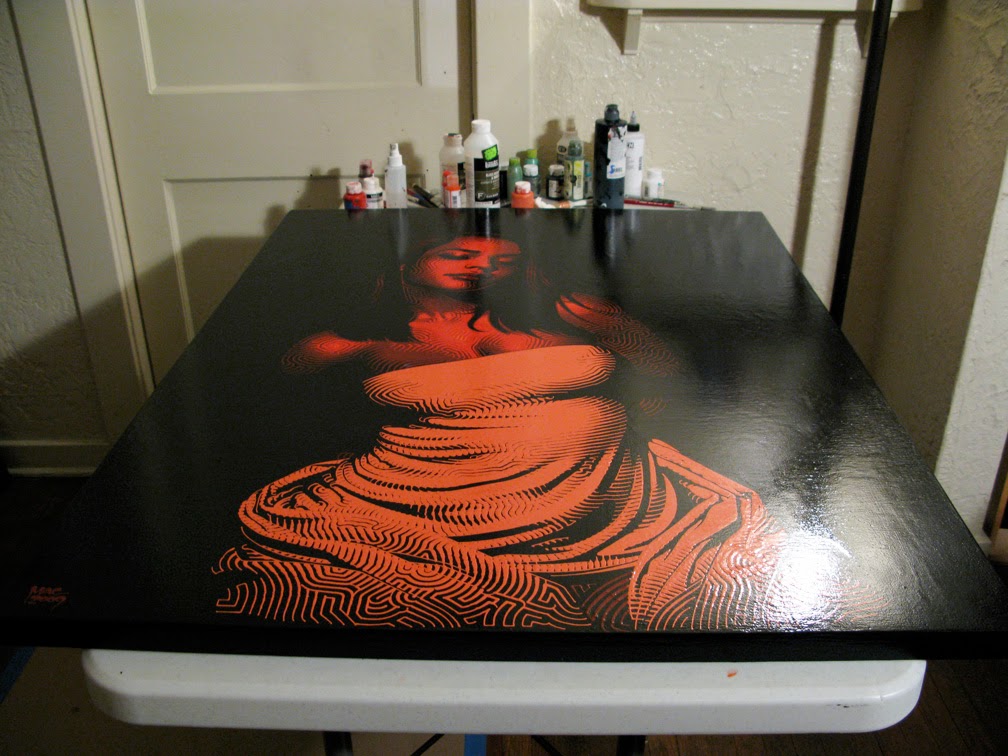
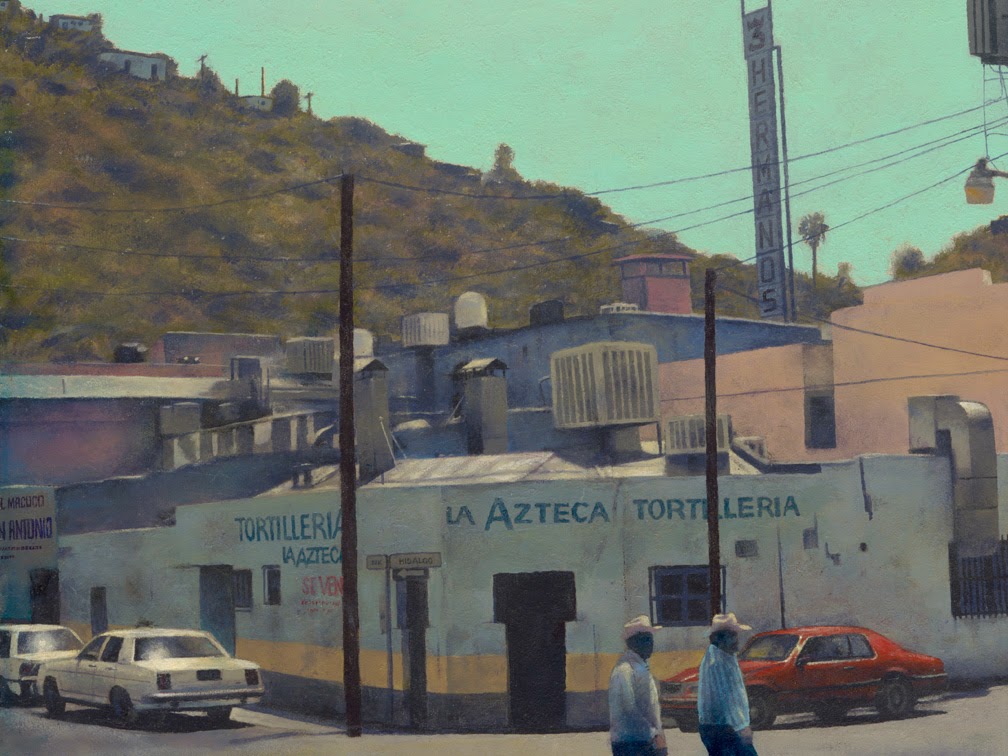

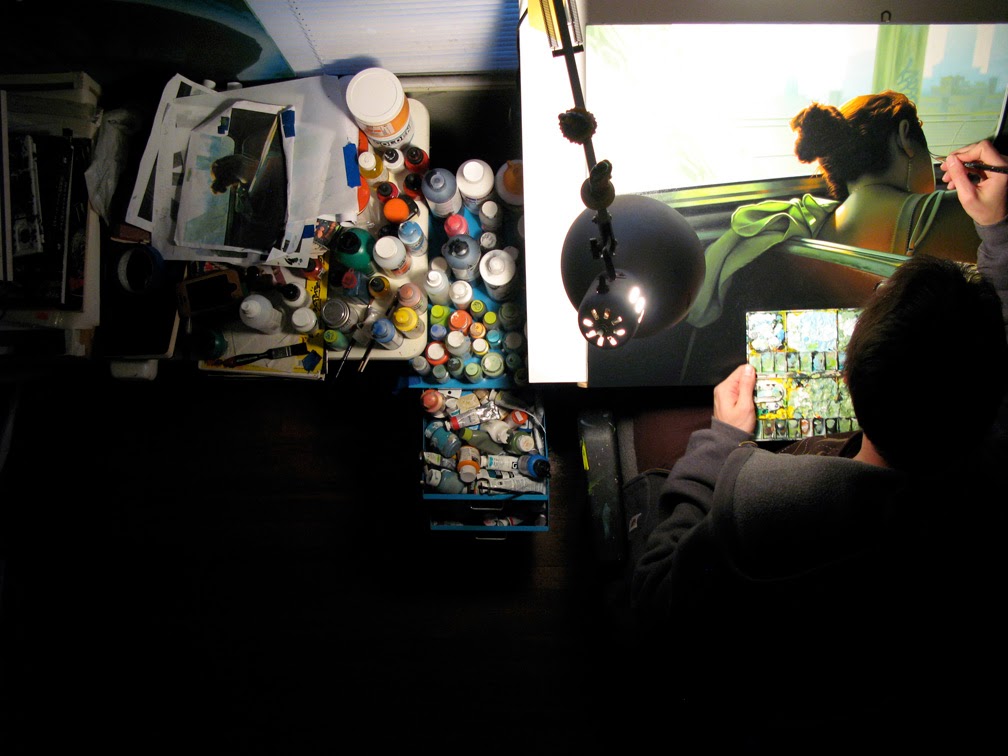



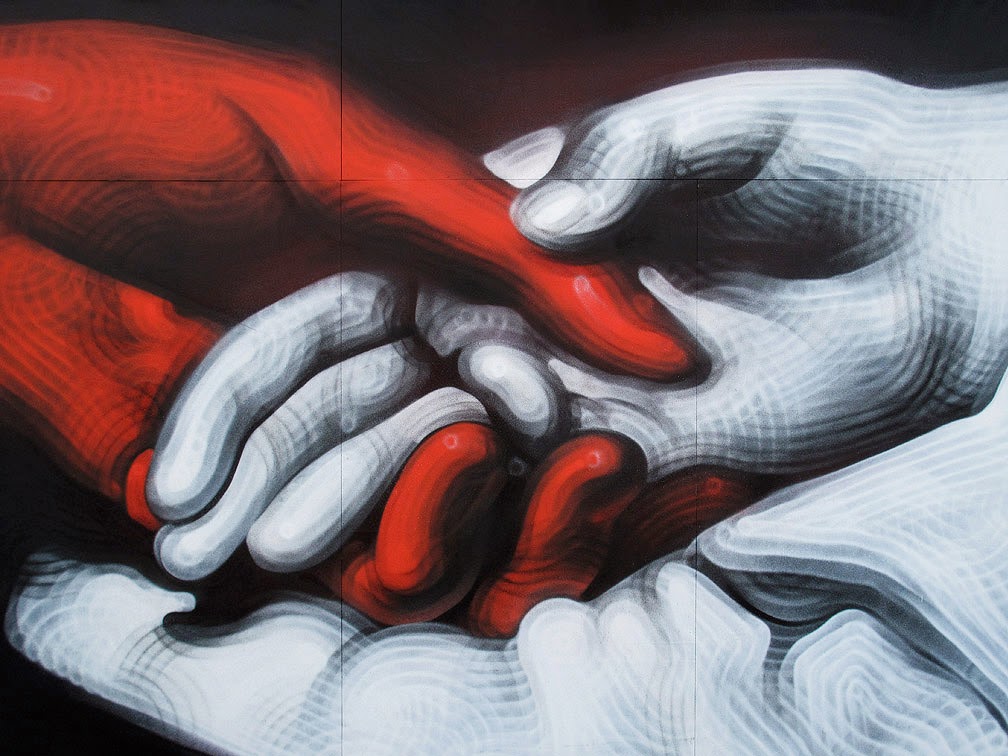


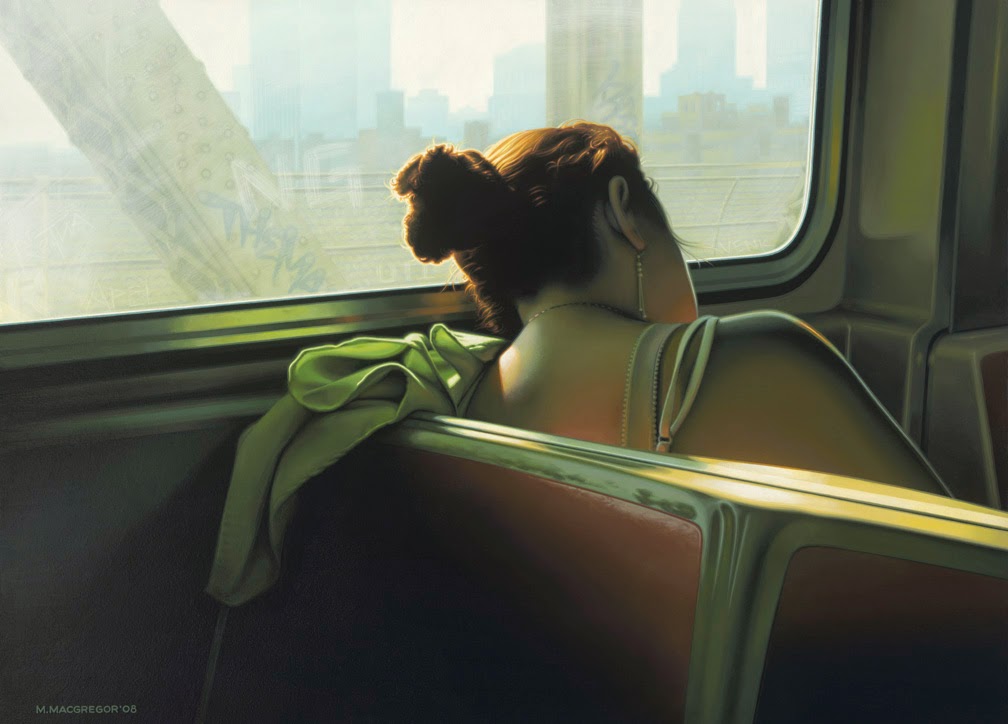





+-+The+Harbor+of+Genoa+(Il+porto+di+Genova).jpg)
.jpg)
.jpg)
+-+Ponte+dei+Sospiri.jpg)
+-+Il+Pantheon,+Roma.jpg)
.jpg)
.jpg)
+-+Famiglia+di+pescatori+a+Lecco+sul+lago+di+Como.jpg)
.jpg)
+The+Capitol+with+Santa+Maria+d'Aracoeli.jpg)

.jpg)




